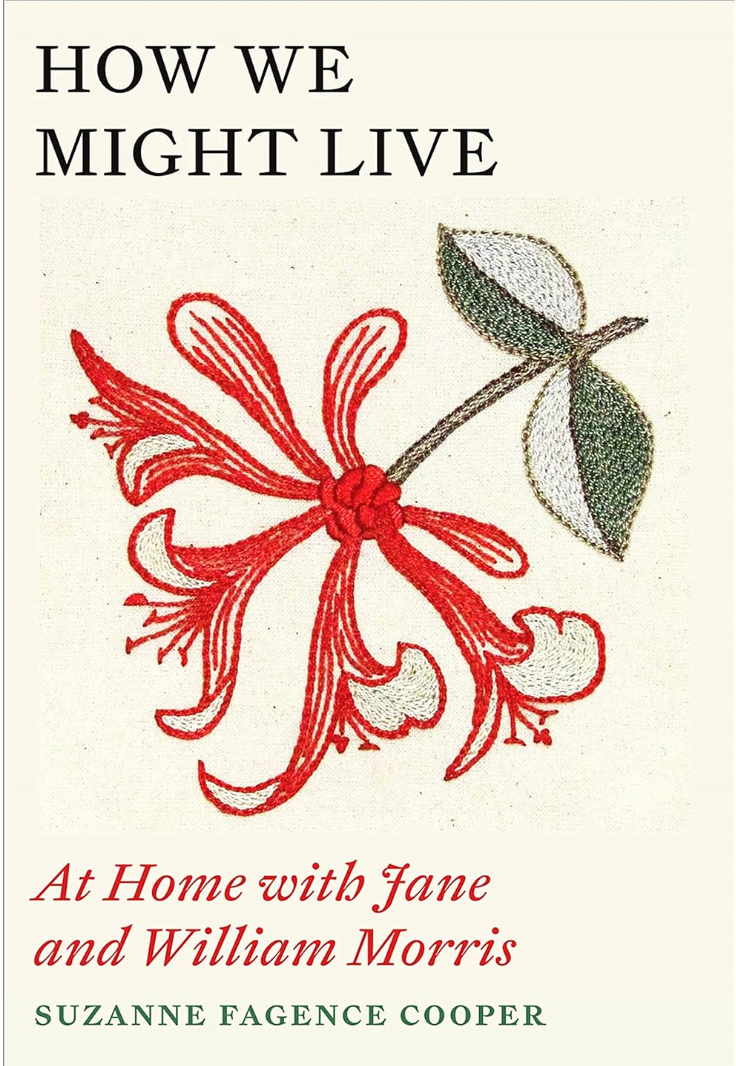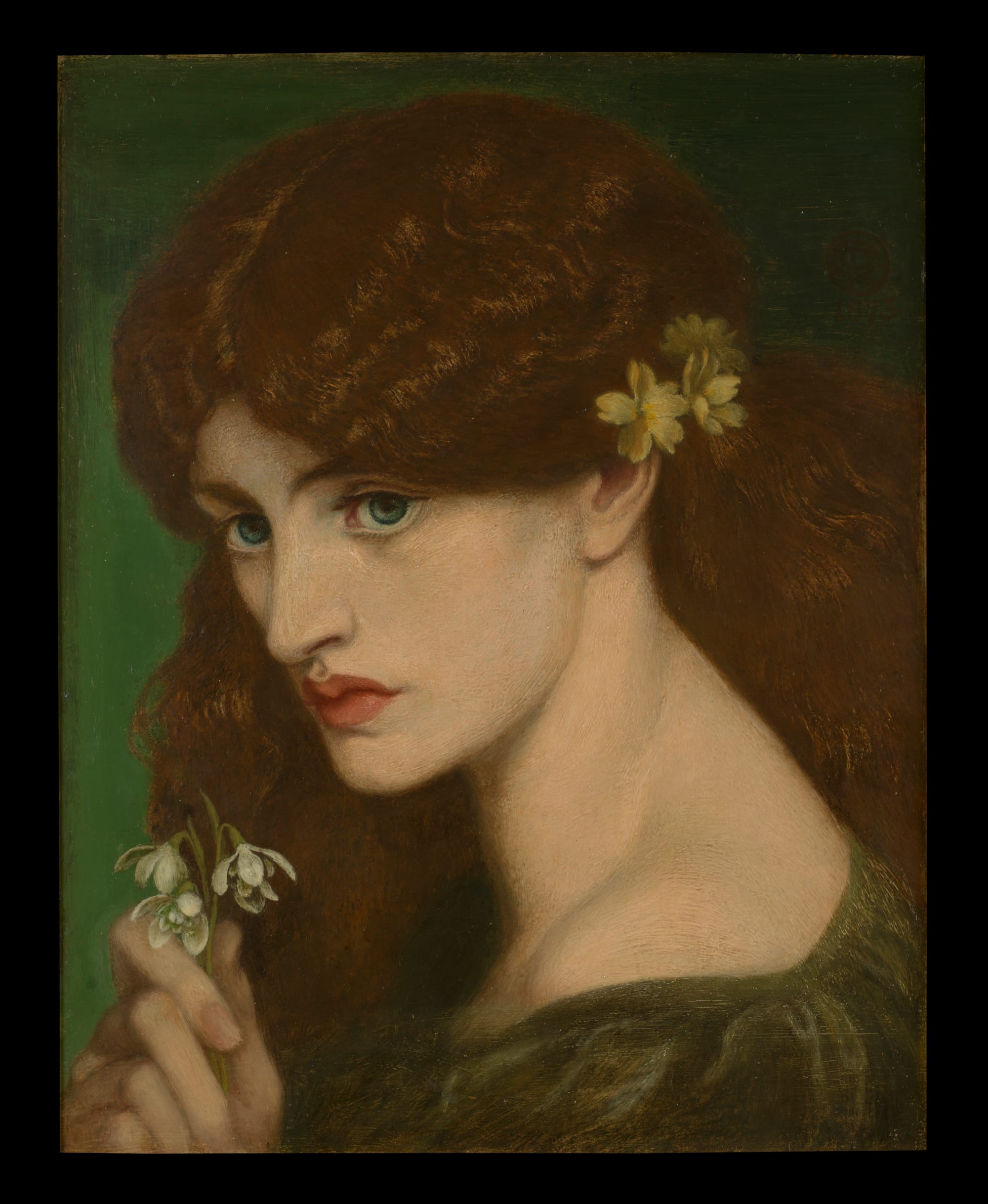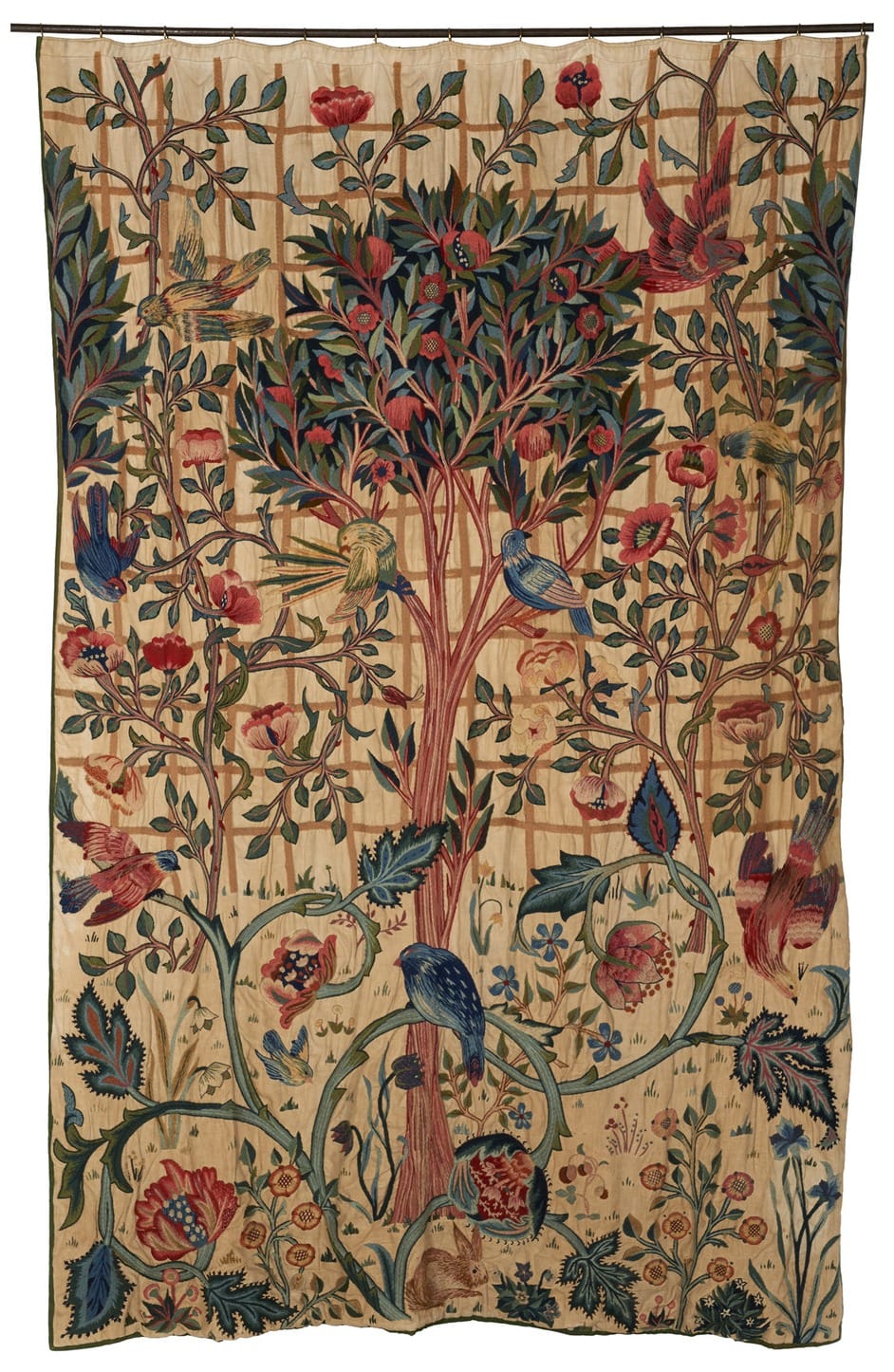The Beauty of the Earth: The Art of May, Jane and William Morris, an exhibition of over fifty works from a rich familial artistic legacy, opens tomorrow in The Gallery at The Arc, Winchester. From half-finished drawn designs to finely finished wallpaper, this exhibition traces the hands and hearts of a nature-led arts and crafts ethos that felt its way to a vision of beauty and harmony that challenged the excesses of industrial England.
Beyond the boughs of an orchard design, safely secured to a wall, past the prose of a text discussing a poem, propped up in a case, over richly ornamented walls, well rooted in place, lay labour utopic in its quest for exhibition excellence. This article goes behind the scenes with those who wrought (made) it.
Origins
Three years ago, in white-walled Winchester offices, a dream was born. What if swirling sinews of rich dye and hand-drawn draperies could return to Winchester, a city with an important medieval and Victorian past? The Cathedral, the High Street and the Great Hall all bear the impressions of intertwining ages. Statues, traceries and gates still stand amidst modern abodes. But what of the other arts that adorned these buildings and places, and what of the people who made it all?
William Morris, as a poet, designer and political figure, asked the same questions. Moreover, he recognised domesticity as having an importance that verged on the existential. How do we intend to exist as humans if our homes, so often sources of stability, are soulless, he might ask. Careful thought in every household decision is what he called for. 'Let your walls reflect your heart' might be another way to put it. Certainly, his walls, homes and artistry reflected this ethos.

The dynamism and fluidity of timeless skill and thought embodied by the Morris legacy ensured that William Morris was on our radar, but how to execute an exhibition and who to work with remained to be answered.
A perfect match
Dr Suzanne Fagence Cooper, in articles and the book How We Might Live, appeared to be the perfect fit. Not only was she an expert on William Morris, but she also had reconciled in her writings the legacies of Jane Morris, a figure as compelling as William Morris himself. At The Gallery, we look to deliver new approaches and perspectives on artistic stories of national importance and here was a curator who could provide this and more. And thus the Beauty of the Earth was born.

Domestic
Dr Suzanne Fagence Cooper proposed an exhibition illuminating the pioneering lifestyle of the Morris family. She identified key motifs and works of art. But alongside including key nodes, such as the Nature of Gothic by John Ruskin and the eponymous Strawberry Thief pattern, recognising Jane Morris and the role she played in creating a radical artistic household was of key importance. Intimate objects, including recipes and small notebooks filled with artistry, reveal the range of Jane Morris.

The installation
Drawn from Kelmscott Manor, The William Morris Society, The Ashmolean, The V&A, the British Library and private lenders, this exhibition came to us from many of the epicentres of Morris family life. Over fifty different pieces fill the room. Brought to The Gallery together, they blossom into a display in which poetry takes a form so free it hops from walls to books to plants and bed hangings. The garden, the house, the domestic and the artistic are all categories that collapse together before the copious creativity on display.

Many of the treasures from Kelmscott Manor feature in the exhibition.
The exhibition runs until Wednesday 4 February.
Find out more and book tickets here.

